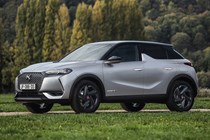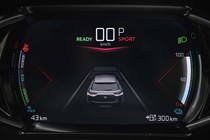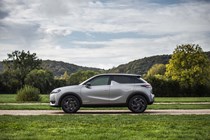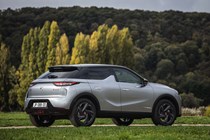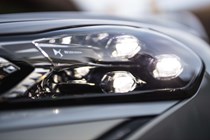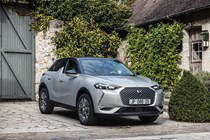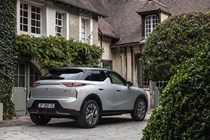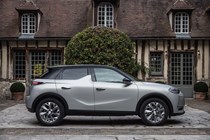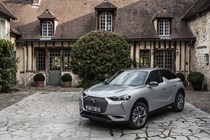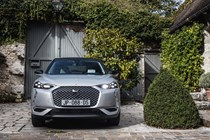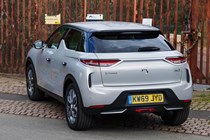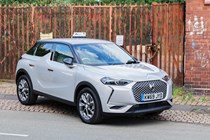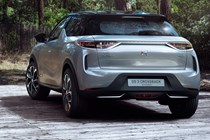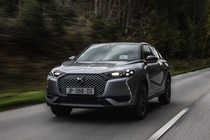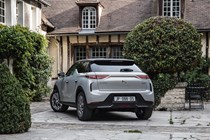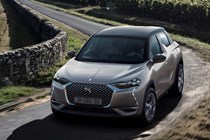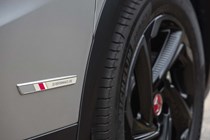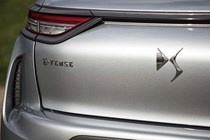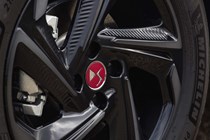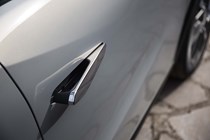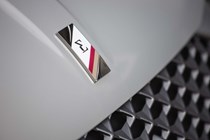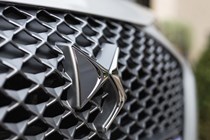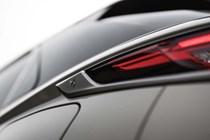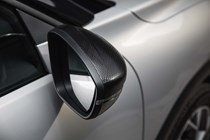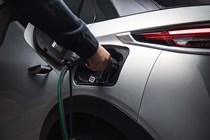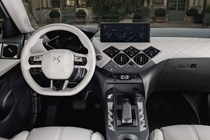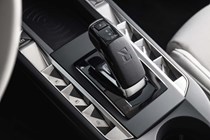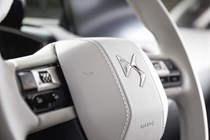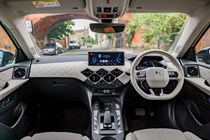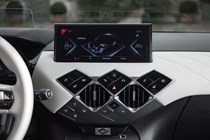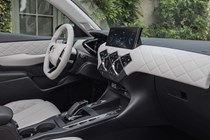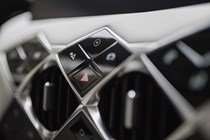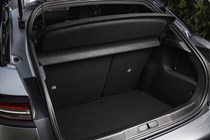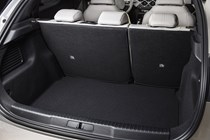
DS 3 Crossback E-Tense SUV (2020-2022) engines, drive and performance
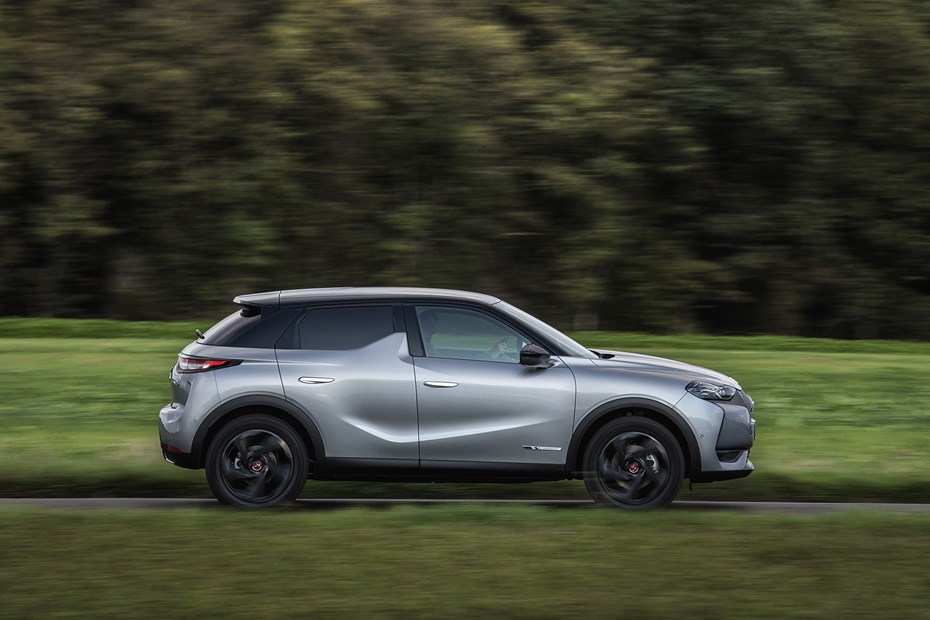
- 100kW electric motor, 50kWh battery
- Equivalent to 136hp and 260Nm of torque
- Feels fast enough for 95% of driving situations
Unlike petrol and diesel versions of the DS 3 Crossback, the E-Tense is available with one type of electric motor producing a set amount of power. In this case, there’s a 100kW motor (136hp and 260Nm of torque in old money) linked to a 50kWh lithium-ion battery. DS claim a potential range of up to 200 miles on the WLTP cycle (a measure used to calculate the real-world efficiency of vehicles), a 0-62mph time of just under 9 seconds and a top speed of 93mph.
In real-world use the range is less promising. Fully-charged, the E-Tense typically displays around 150 miles of range and will deliver that in urban driving, but break free of the city and fast A-road or motorway driving will rapidly deplete charge. At typical motorway speeds, with a couple of passengers and air-con running, you’ll be looking for a fast charger after 100 miles.
>> We rate the best electric SUVs for 2020

With no gearbox and power sent to the front wheels, the E-Tense is an incredibly easy car to drive with minimal complication to contend with. All E-Tenses do come with a drive mode selector, however, that can be cycled between Eco, Normal and Sport modes, each one slightly changing how the car performs.
Eco is designed to deliver the most efficient drive, blunting the throttle response and not making full power available unless the throttle pedal is pressed to the floor in its kickdown position. Normal caters for everyday driving scenarios, allowing more power and urgency than Eco but still not offering the full 100kW. For this, you need to switch the E-Tense into Sport mode, where the regular throttle pedal travel will engage 100% power. Throttle response and steering weight is also increased.
There’s also two energy recovery options that can be toggled by pulling back the gearlever when in drive. The first, Normal, allows the E-Tense to simulate the behaviour of a regular petrol or diesel car slowly coasting to halt when the driver comes off the throttle. The other setting, Brake, increases the regenerative braking effect causing the car to lose more speed when ‘coasting’.

Having tested all three drive modes, we reckon the E-Tense is most satisfying in either normal or Sport. Eco may feel a touch too sluggish for some drivers, though it’s more than adequate for the city environment where the E-Tense makes the most sense. When in the preferred driving modes, the E-Tense is plenty fast enough, if not quite as quick as the more powerful Hyundai Kona Electric. It doesn’t accelerate with the same ferocity as headline-grabbing dual-motor all-wheel drive electric cars, but the increase in speed is delivered in a smooth, linear fashion and doesn’t appear to trail off too heavily above 50-60mph.
How does it handle?
- 300kg heavier than petrol and diesel versions
- Very easy to drive at low speeds
- Handling lacks responsiveness and agility
At low speeds, the E-Tense is a doddle to navigate through towns and cities thanks to plenty of torque, light steering and excellent manoeuvrability. The chunky C-pillars partially block the driver’s view when reversing or at awkward junctions, but otherwise the E-Tense is pleasingly low maintenance.
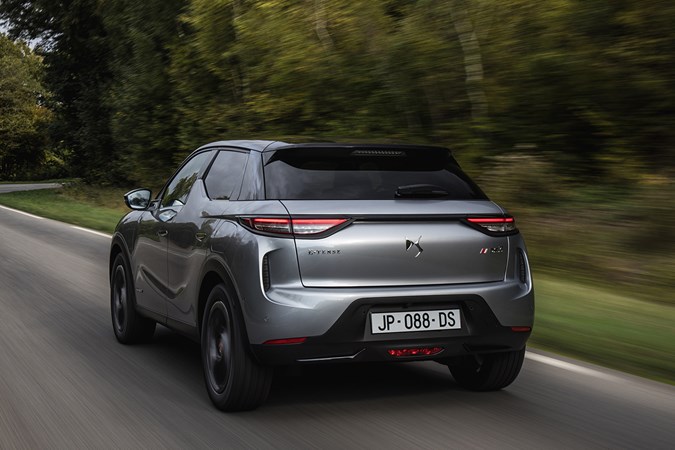
Speed up, however, and the car’s comfort-tuned suspension and increased kerb weight (the E-Tense is around 300kg more than a petrol or diesel DS 3 Crossback) take hold. Despite the batteries being located underneath the floor (giving better weight distribution), the E-Tense does not feel especially responsive or enjoyable to drive when cornering at higher speeds.
There’s enough grip, but the extra weight appears to have added another layer of bluntness to an already average chassis. And while many E-Tense drivers may not wish to push their car hard into corners, a degree more agility and responsiveness never fails to go amiss.


